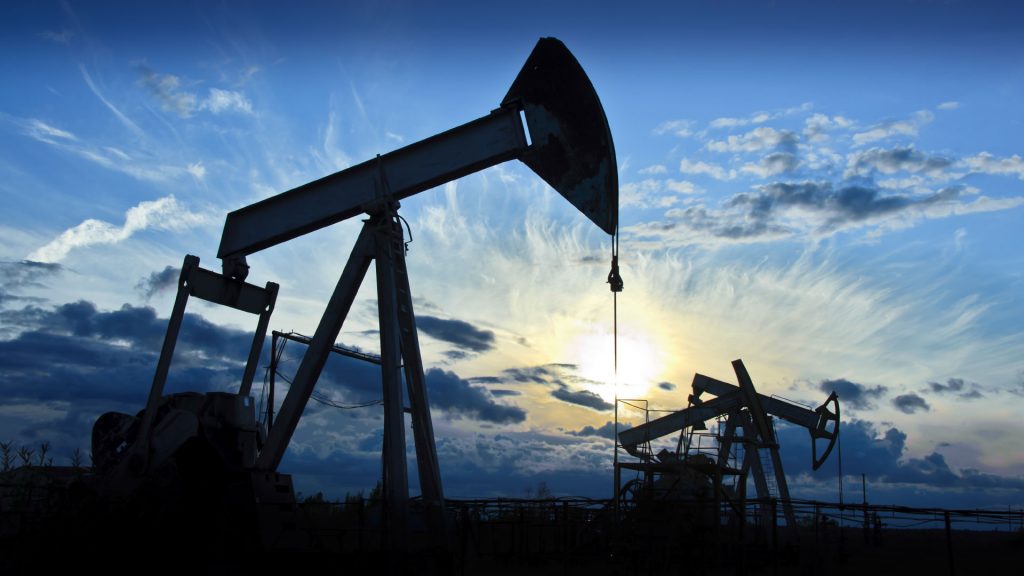New Delhi/Mumbai: India Sunday launched the third bidding round under its open acreage licensing policy (OALP), according to a government statement.
Twenty three blocks covering an area of 32,000 square kilometers were offered for bidding, out of which 5 are for extraction of coal bed methane.
Total exploration acreage is expected to more than triple to 300,000 square kilometres in two years ending 2019, the statement read.
The third round of bidding is expected to generate up to $700 million, the government said.
Prime Minister Narendra Modi has set a target to cut India’s dependence on foreign oil to 67 percent by 2022. Under the target, India wants to quickly monetise its hydrocarbon reserves and bring in foreign participation to explore and produce from them.
India has failed to draw interest from global oil majors in licensing rounds since 1990 even though the fiscal terms were eased. India is so far producing only from seven sedimentary basins out of the 26 that it has discovered.
Oil Minister Dharmendra Pradhan launched the OALP-III bid round at the Petrotech 2019 conference here.
“In OALP-III, 23 blocks in 12 sedimentary basins are being offered. Of these five are coal-bed methane (CBM) blocks. Total area on offer is about 31,000 square kilometers,” he said. Last date for bidding is April 10.
OALP-III will run concurrently with OALP-II, where 14 blocks covering an area of close to 30,000 sq km is on offer for bidding, he said, adding that in OALP-I, 55 blocks covering an area of 60,000 sq km were offered in January 2018 and awarded in October last year.
“In one year, we have added about 1.2 lakh sq km of area to exploration kitty. This compares to 90,000 sq km area under exploration previously,” he said, and added that the area under exploration will double by the time the round ends.
“Our effort is to accelerate exploration of all sedimentary basins of the country,” he said.
The third round is expected to “generate immediate exploration work commitment of around $ 600-700 million,” a statement issued at the launch said.
In the first round of OALP last year, as much as Rs 60,000 crore was committed in the exploration of oil and gas in 55 blocks or areas.
The 14 blocks being offered in OALP-II bid rounds cover an area of 29,333 square kilometers, and bids close on March 12 and another Rs 40,000 crore investment is expected.
Since the BJP-led NDA came to power in 2014, the government has held two auctions of discovered small fields and a similar number under OALP and the cumulative investment committed is Rs 1,20,000 crore, officials said.
India had in July 2017 allowed companies to carve out blocks of their choice with a view to bringing about 2.8 million sq km of unexplored area in the country under exploration.
Under OALP, companies are allowed to put in an expression of interest (EoI) for prospecting of oil and gas in an area that is presently not under any production or exploration licence. EoIs can be put in at any time of the year but they are accumulated twice annually.
The blocks or areas that receive EoIs at the end of a cycle are put up for auction with the originator or the firm that originally selected the area getting a 5-mark advantage.
The two window of accumulating EoIs end on May 15 and November 15 every year. EoIs accumulated till May 15 are supposed to be put on auction by June 30 and those in the second window by December 31.
The first OALP round was launched in 2017 and bids came in by May 2018. EoIs for second round closed on May 15, 2018 and the blocks were supposed to be put for auction by June but the round was delayed.
In the meanwhile, EoIs in the third window also closed on November 15, 2018 with as many as 18 blocks and five CBM blocks, measuring 31,722 sq km, being sought for.
“About 90,000 sq km of India’s sedimentary basin was under exploration prior to these bid rounds. In two OALP rounds and two discovered small field (DSF) rounds, the area under exploration has more than doubled,” Pradhan said.
Increased exploration will lead to more oil and gas production, helping the world’s third largest oil importer to cut import dependence, he added.
Agencies
